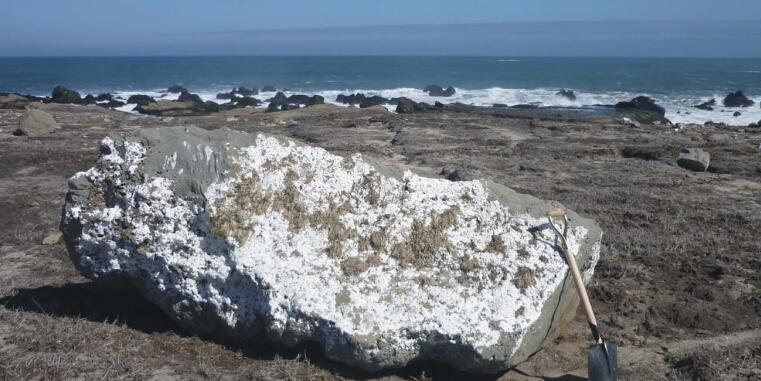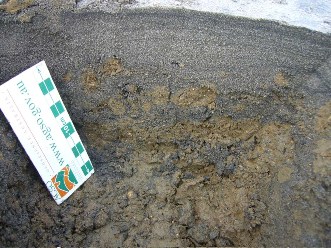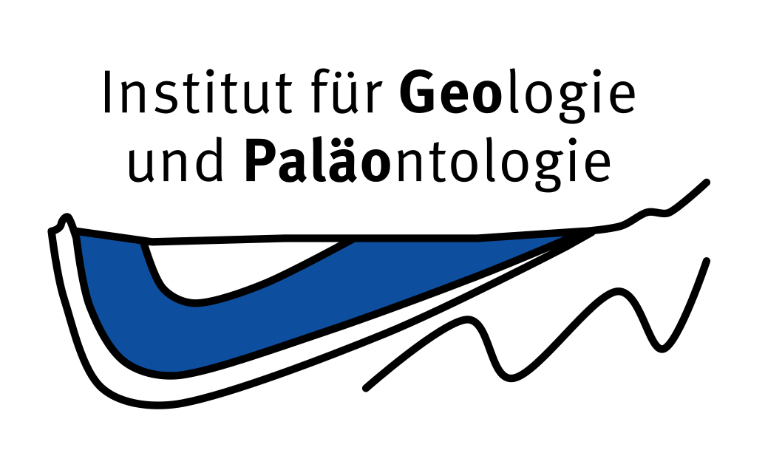
Sedimentological analysis of the deposits of the July 17, 2006 Java tsunami
funded by the German Research Council
On the 17th of July 2006 the coastlines of Indonesia was again hit by a tsunami. This time the southern coast of Java experienced the greatest impact. According to press releases the tsunami caused 300 casualties, 300 people have been reported missing and about 30.000 people got homeless. An ad hoc financing of the German Research Foundation (DFG) allowed the sedimentologists of the Department of Sedimentary Geology of the University of Münster to travel to Java in order to study the impact of the tsunami.
Prof. Dr. Heinrich Bahlburg and Dipl.-Geol. Michaela Spiske visited the affected coastlines of southern Java in the region of Pandangaran together with Dr. Hendra Amijaya from the Department of Geological Engineering of the University of Yogyakarta. Watermarks and destructions on buildings, as well as fishing boats that had been thrown onto land were used to define the height and extent of the inundation of the tsunami waves. Strand profiles were leveled and samples of the tsunami sand were taken. From the grain-size distributions, conclusions concerning the current regime will be drawn.
The researchers also found microorganisms (foraminifera) that lived in certain water depths and were thrown on land by the tsunami. Therefore, these microorganisms represent the water depths in which the tsunami started to erode the sea floor and from where the sediment was transported on land.
Already after the Sumatra-Tsunami (26th December 2004) Prof. Dr. Heinrich Bahlburg carried out fieldwork, that time along the coasts of east India and Kenya. The Sumatra tsunami was caused by an earthquake with a moment magnitude of 9.3. The earthquake that caused the Java tsunami had a moment magnitude of "only" 7.7. Therefore the Java tsunami waves only caused local destruction - it did not travel over the Indian Ocean like the Sumatra tsunami waves did.


